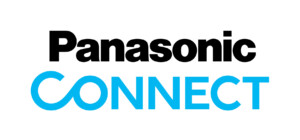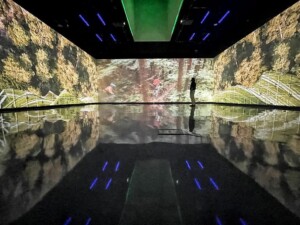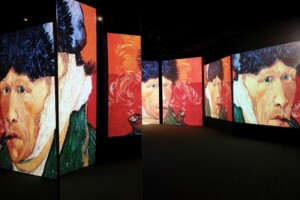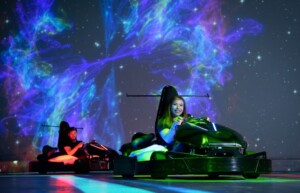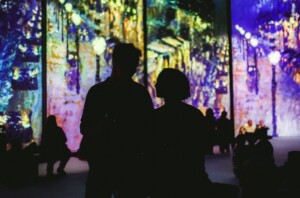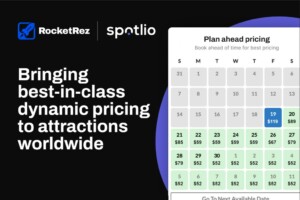Our industry enriches life by creating compelling places and experiences. Making them inclusive, diverse, equitable, and accessible is a challenge, but also an opportunity. IDEA initiatives can drive business innovation by attracting diverse talent to the workplace and help to create experiences that everyone can enjoy regardless of their background.
After all, both employees and consumers want to identify with corporate values. So, a proactive approach demonstrates your business genuinely cares about people and the kind of world we live in.
IDEA starts with the stories we tell. It’s important to include diverse creative voices that challenge both unconscious bias and stereotypes in the content. Progress has been made in sharing inclusive stories in more accessible spaces. Yet there is still work to be done. Studies suggest UK businesses are leaving £1.8 billion per month on the table as people with disabilities turn away from inadequate service.
The situation with the global pandemic has also prompted operators to consider IDEA in a whole new light. Some are expanding the accessibility of on-site experiences to include a virtual audience. Others are reimagining the spatial environment, adding AR/VR elements, or exploring solutions that enhance comfort with help from a technology partner experienced in staging inclusive and diverse events.
Let’s look at some of the most thought-provoking IDEA-friendly projection experiences below.
1. Remove barriers to the experience
One advantage of projection is its ability to transcend spatial limitations and flexibly transform almost any shape or surface into engaging visual entertainment.
No longer the domain of dark, confined rooms, projection is meeting people’s needs in a variety of situations, from soothing anxious children awaiting treatment at hospital to transitioning entertainment to accessible outdoor environments. As technology advances, a single projector is now capable of covering a building facade. This makes outdoor visual attractions a realistic proposition for businesses on a budget.
As an inspiring example, Refik Anadol’s recent transformation of Barcelona’s Casa Batlló into a multisensory canvas provides a tantalizing glimpse of a future where entertainment is liberated from a single fixed location, unifying people without boundaries.
His dynamic AI data sculpture artwork was auctioned by Christie’s in NFT format. It was also shown as a public art installation in various outdoor locations around the world including Rockefeller Square in New York City.
2. Unlock an AR/VR future
On the other side of the world, special needs children had an opportunity to dive into the Olympic and Paralympic Games in Tokyo 2020 thanks to some IDEA-friendly tech when portable VR projection domes were brought to schools.
Experts predict this same immersive technology could see athletes competing in separate venues with competition data mapped on a virtual arena. This untethers the event for both competitors and spectators alike. As a result, it can provide a realistic experience for people who might otherwise be excluded.
AR/VR applications that invite online participation have exciting implications for people with limited mobility. But another less-considered aspect of the technology is its global reach. This also opens horizons for diverse content that promotes a more nuanced understanding of cultural differences and ways of thinking.
The good news is that implementing broadcast-quality AR/VR or streaming solutions isn’t as difficult as you might imagine. You just need help from the right technology partner.
3. Innovate accessibility
In the wake of the pandemic, few people take accessibility for granted. The recent Immersive Van Gogh exhibition in Toronto allowed guests to “Gogh by car”. Thanks to IDEA-friendly technology they could drive into the heart of a fantastic projection-mapped show of the Dutch master’s work.
It’s easy to see how people with mobility issues, as well as families and seniors, would welcome a revival of the drive-in concept. It has the potential to provide everyone with easy access to immersive entertainment.
Museums, meanwhile, are leading a trend towards hybrid entertainment experiences. Madrid’s Prado Museum shows us how a personalized approach to the virtual tour has gathered a huge following online.
You can see how the concept could scale into an ecosystem of remote cameras, projectors, and the IT/IP platform KAIROS, a live video production solution. This would allow people to seamlessly and independently roam exhibitions, festivals, events, and attractions from anywhere in the world.
4. IDEA-friendly projection encourages wider participation
A real-time tracking projection-mapping system that allows for the projection of digital content onto fast-moving objects at up framerates up to 240 Hz also has exciting IDEA potential.
Technology that combines analogue movement and digital elements could make for more equitable participation in attractions that rely on physical interaction. Especially for people with mobility issues.
5. Focus on O&M
Whether your attraction entertains on-site or in the virtual realm, consistent image quality is vital for maintaining guest comfort. That raises the issue of managing Operation & Maintenance (O&M).
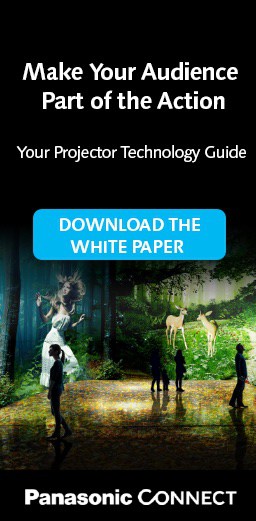
Focus aberration, image distortion, or brightness and colour fluctuations can cause discomfort and also reduce the quality of the experience. It can be difficult to check if your assets are running properly with consistently high image quality for long periods over the lifetime of the attraction with limited resources.
When selecting a projector, look for functions such as real-time focus optimization, automatic colour uniformity and image misalignment correction, constant brightness capabilities, and so on. Also, look for the ability to monitor equipment status offsite and get predictive warnings of potential issues that might cause downtime before they occur. This is invaluable for maintaining accessibility and quality. Effective maintenance requires more time, cost, and resources unless you have an expert to help.
As you can see, imagination is the limit where IDEAs, content, and technology converge. If you’re curious about how immersive technologies can promote IDEA-friendly projection and remove barriers to an unforgettable experience, click here or email Chad Kunimoto at kunimoto.chad@jp.panasonic.com.



